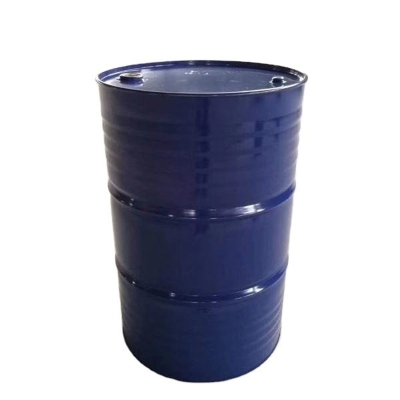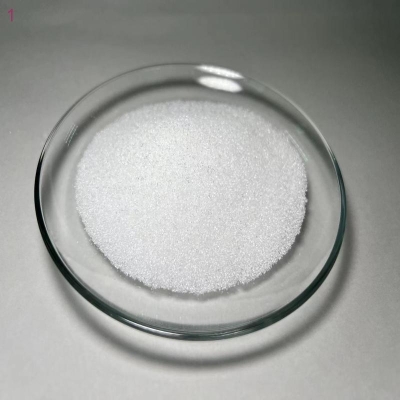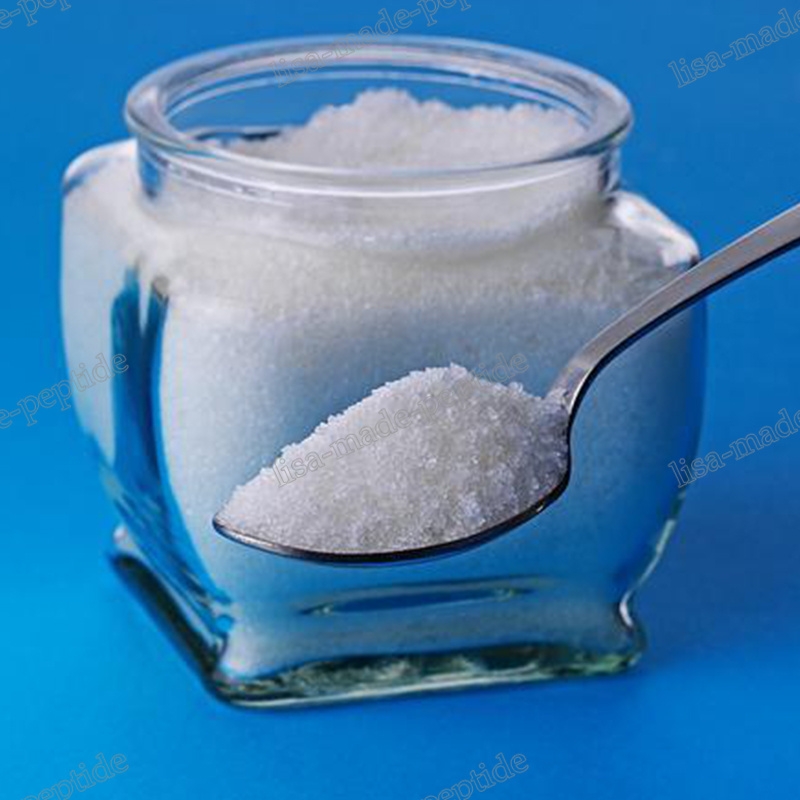-
Categories
-
Pharmaceutical Intermediates
-
Active Pharmaceutical Ingredients
-
Food Additives
- Industrial Coatings
- Agrochemicals
- Dyes and Pigments
- Surfactant
- Flavors and Fragrances
- Chemical Reagents
- Catalyst and Auxiliary
- Natural Products
- Inorganic Chemistry
-
Organic Chemistry
-
Biochemical Engineering
- Analytical Chemistry
-
Cosmetic Ingredient
- Water Treatment Chemical
-
Pharmaceutical Intermediates
Promotion
ECHEMI Mall
Wholesale
Weekly Price
Exhibition
News
-
Trade Service
In May 2020, the EU proposed the "Farm to Fork" strategy, which aims to reduce the use and risks of chemical pesticides by 50% and the use of more harmful pesticides by 50% in the EU by 2030, while realizing the agricultural area devoted to organic production.
25% of the total agricultural area
.
This strategy aims to reduce the dependence on chemical pesticides, and also means that biological pesticides will occupy an important position in the EU pesticide market in the future
.
Although the European Union has the most complete pesticide regulatory system in the world, it has been criticized for its strictness on biological pesticides
.
In February 2022, the EU finally took a key step to improve the biopesticide management system, and released the revised drafts of four important pesticide regulations, revising the approval conditions, data requirements and review requirements of microbial pesticides
.
The draft revision of the Union's pesticide regulations was released, and the registration of microbial pesticides will be simplified
.
To put it simply, the new regulations further refine the data requirements for microbial pesticide registration, improve the readability of the regulations, and provide higher flexibility and clearer requirements:
1.
Microbial active substances
The revision of Regulation (EU) 283/2013 on the data requirements for the registration of pesticide active substances in the European Union clarifies when a dossier should be submitted in accordance with the data requirements for microbial active substances
.
If the active substance meets one of the following two conditions:
(1) The active substance is a microorganism, which can be a single species or a qualitative combination of species, either naturally occurring or formed by manufacturing
(2) The active substance is a microorganism, which may be a single species or a qualitative combination of species, either naturally occurring or formed by manufacturing, and one or more metabolites produced by that microorganism, and claiming that the metabolites are Part of the phytoprotective effect (ie when only the use of metabolites extracted from microorganisms does not cause the purported phytoprotective effect)
.
2.
Residues to be assessed
The new regulation states that microbially active substances need to be evaluated for different residues than chemically active substances
.
Since microorganisms that are non-pathogenic to humans and animals do not constitute a hazard to human and animal health even if present in or into the edible parts of the treated crops, there are only chemicals relevant to human and animal health.
residues that may constitute a hazard or risk, i.
e.
toxic metabolites that may be produced by microorganisms
.
Therefore, the new regulations only focus on relevant data, reducing the need for animal experiments
.
3.
Effects on human health
In assessing the potential impact of microbial active substances on human health, the new regulations primarily require assessment of the pathogenicity of microorganisms to humans and the infectivity of viruses, as well as the ability of bacteria to transfer antimicrobial resistance genes to other microorganisms (the ability to may affect the effectiveness of antimicrobials used in human and veterinary medicine)
.
At the same time, the content of genotoxicity testing in point 5.
2.
3 of Part B in the current Regulation (EU) 283/2013 has been deleted, and the additional toxicity of metabolites in point 5.
5.
2 of the revised Regulation (EU) 283/2013 Part B has been deleted.
The study indicated that toxicological reference values should be established first based on the available toxicological information for each relevant metabolite, and that studies may be required if reference values cannot be established based on available information, or if the reported effects require further investigation (e.
g.
short-term toxicity studies and genotoxicity studies)
.
4.
Low-risk active substances
Point 5.
2.
1 of the draft amendment to Annex II of Regulation (EC) No 1107/2009 specifies the criteria for considering active substances that are microorganisms as low-risk active substances
.
(1) Microbial active substances other than viruses can be regarded as low-risk active substances (except for microbial active substances whose susceptibility to at least two classes of antimicrobial agents has not been demonstrated);
(2) Actives that are viruses can be considered low-risk actives (excluding baculoviruses that adversely affect non-target insects and non-viral variants of plant pathogens that adversely affect non-target plants)
.
It is worth noting that there are 35 low-risk active substances currently approved in the EU, of which 23 are microbial active substances.
The approval period is 15 years, and the registration period is shorter than that of ordinary chemical active substances.
The actual period is from official acceptance to Approval generally takes 3-5 years
.
Furthermore, if all active substances contained in a plant protection product are low-risk active substances, the product can be approved as a low-risk plant protection product provided that the specified conditions are met, as specified in Regulation (EC) No 1107/2009 in Member States The decision on whether to approve the authorization application for low-risk plant protection products should be made within 120 days, which is also significantly shorter than the registration cycle for ordinary plant protection products
.
The revised draft is currently under review by the European Parliament and the Council.
If there is no objection, it is expected to be implemented this autumn.
The specific implementation content is subject to the final official announcement
.
In fact, microbial pesticides can also be evaluated for equivalence (Technical Equivalence, TE), did you know? And the EU TE assessment (equivalence assessment) is valid at the EU level and can enter the entire EU market
.
If you are interested in this or have related needs, you can contact us to quickly understand the full set of EU microbial pesticide registration requirements!







